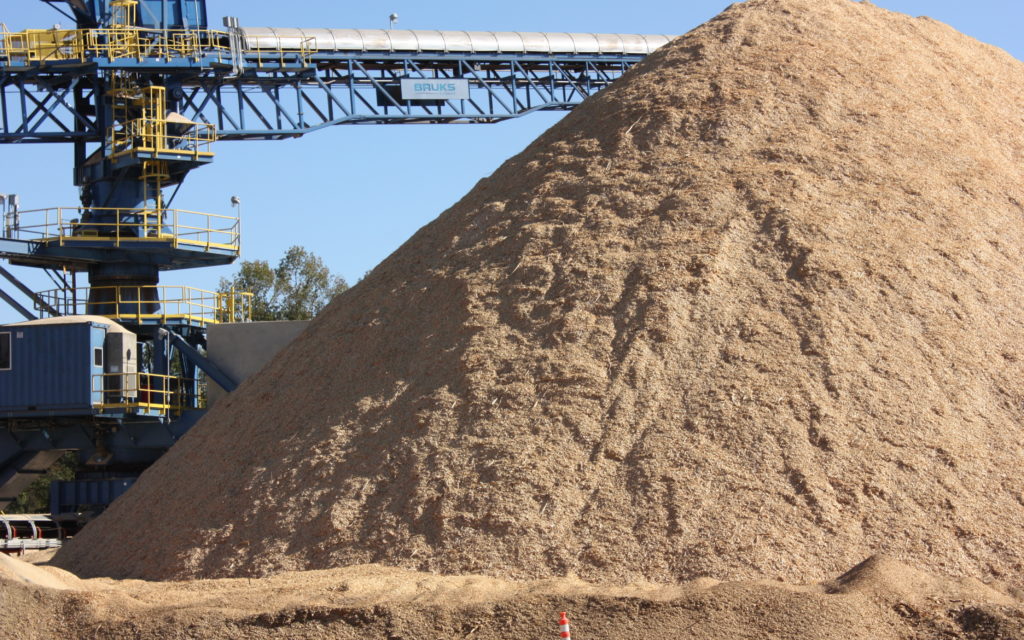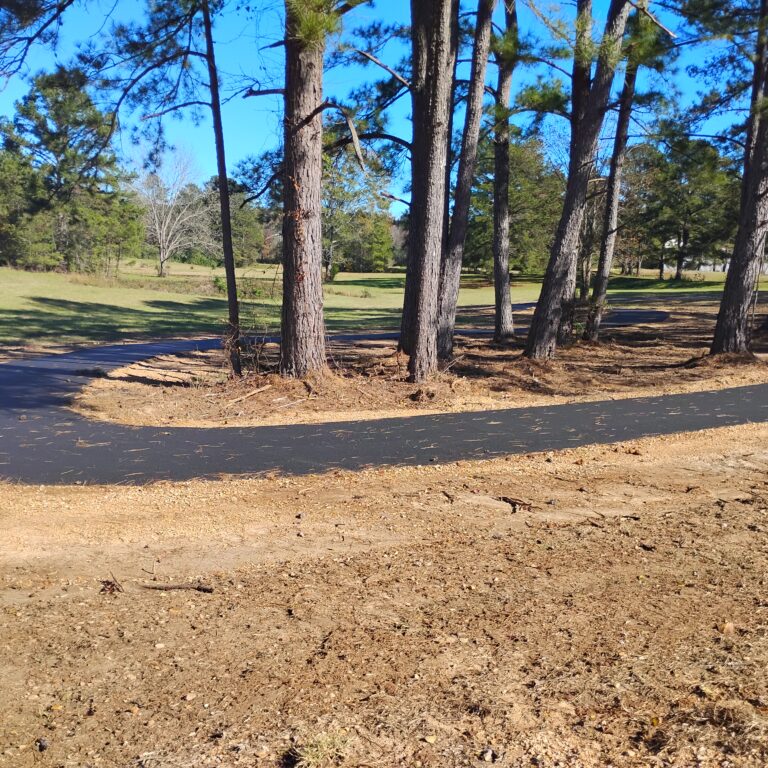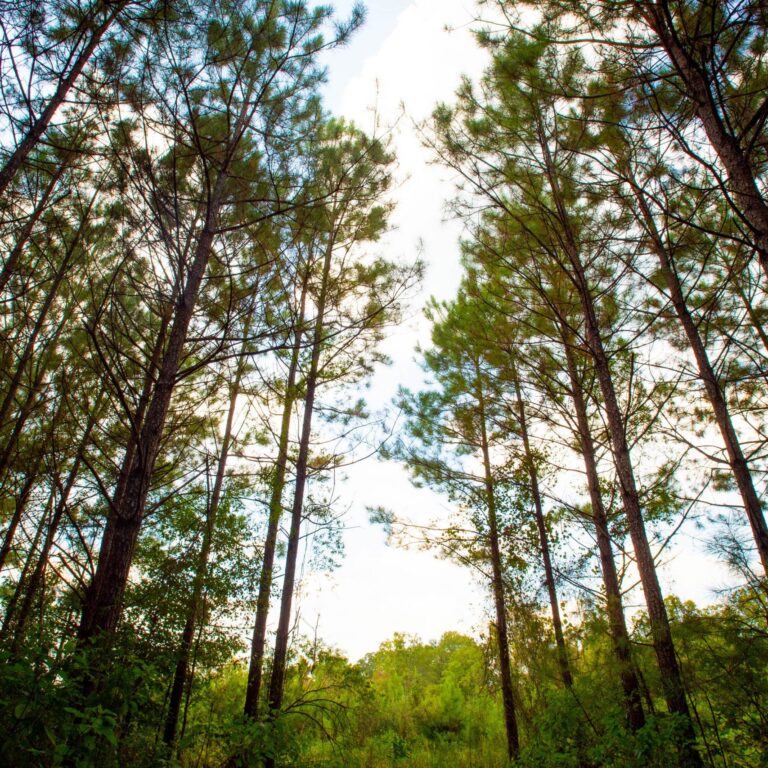Any good sawmill aims to use as much of every tree as possible. But nature makes that easier said than done. Logs are round, not always straight, and are covered in bark. This means even the most technologically-advanced sawmills can only use around 60% of a log to create high-quality timber.
But what happens to the rest? The ‘waste’ products from timber production such as bark, shavings, sawdust and wood chips can’t be used to create lumber, but they aren’t worthless. In fact, these residuals have long been used to make paper, cardboard or fiber-board.
With the world growing increasingly digital the markets for residuals for pulp have been in decline. But with the growth of markets for biomass, in the form of sustainable wood pellets – which can utilize the same residuals for production of pellets and other parts of the process – there remains a sustained demand and market for this material.
As this market continues to grow, so will demand. Finding ways in which this market can be made more efficient today could lead to benefits in the long term.
A new collaboration between Drax Biomass and Louisiana-based Hunt Forest Products is helping do precisely this through investment in a co-location site in Urania, LA which will see a sawmill and pellet facility sitting side by side.
This innovative cooperation will help cut down costs, save time, reduce emissions, and deliver more efficiencies to the industrial wood pellet industry.
Creating a virtuous cycle
A healthy market for residuals is important for sawmills and it creates an additional revenue stream for their business.
However, even if buyers are available it can be expensive to transport light, loose materials such as bark, sawdust and so on, and this can mean they are trucked to landfills nearby or simply burned on site. Finding a buyer close to hand, however, can lower transport costs and reduce overall environmental impact.
In Urania, Hunt Forest Products is planning a new mill that will occupy 125 acres and sit right next to Drax Biomass’ existing pellet facility, LaSalle BioEnergy. Hunt’s new mill is located to take advantage of the abundant trees of sawlog size that fill the surrounding forests.
This new mill will aim to produce approximately 200 million board feet of lumber annually, use 850,000 tons of wood, and employ 110 people once fully operational. Naturally, the scale of the operation means it will also produce significant residuals, much of which will go to DBI’s pellet facility next door which is already equipped to process it.
The type of raw fiber that Hunt will deliver to us is perfect for making compressed wood pellets, a form of biomass suited for use in converted, former coal power stations. It’s already chipped and much of it will already be dried, meaning it can skip the early parts of the pelletization process and go straight to the high-pressure hammer mill.
“This lowers our carbon footprint, and is an incredibly efficient, cost-effective way to capitalize on wood residuals – it makes perfect sense for our business model,” says Richard Peberdy, VP, Sustainability at Drax Biomass.
In addition to helping lower the cost of production and, in turn, the cost of pellets and renewable energy, the local market for the residuals from the sawmill will help lower lumber production costs. This will help maintain the healthy market for wood from sustainably managed forests. The market for sawlogs has been shown to be a critical factor in providing revenue to forest owners, allowing them to invest in better forests for the future.
So, while the co-location of sawmill and pellet manufacturing facility may seem a small project, it is one that will have wider benefits – for the industry, the community and for the environment.









